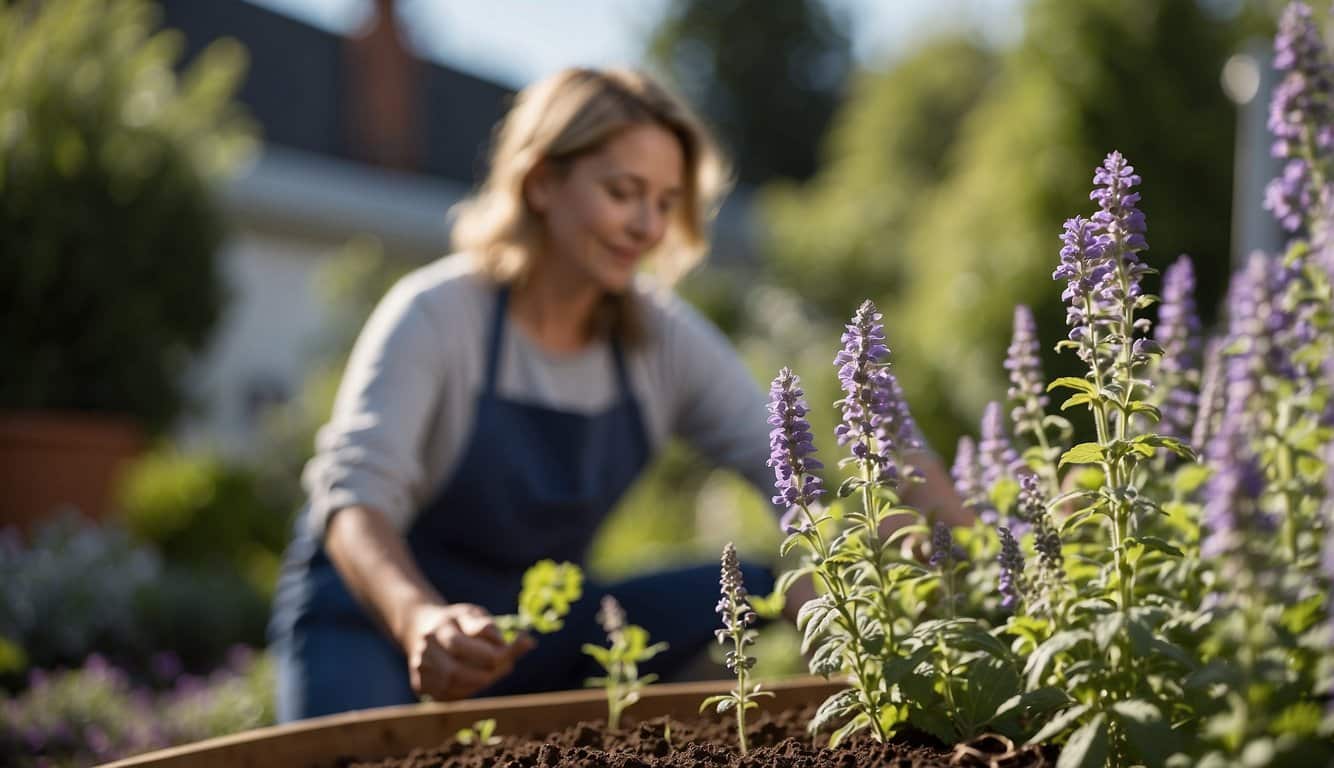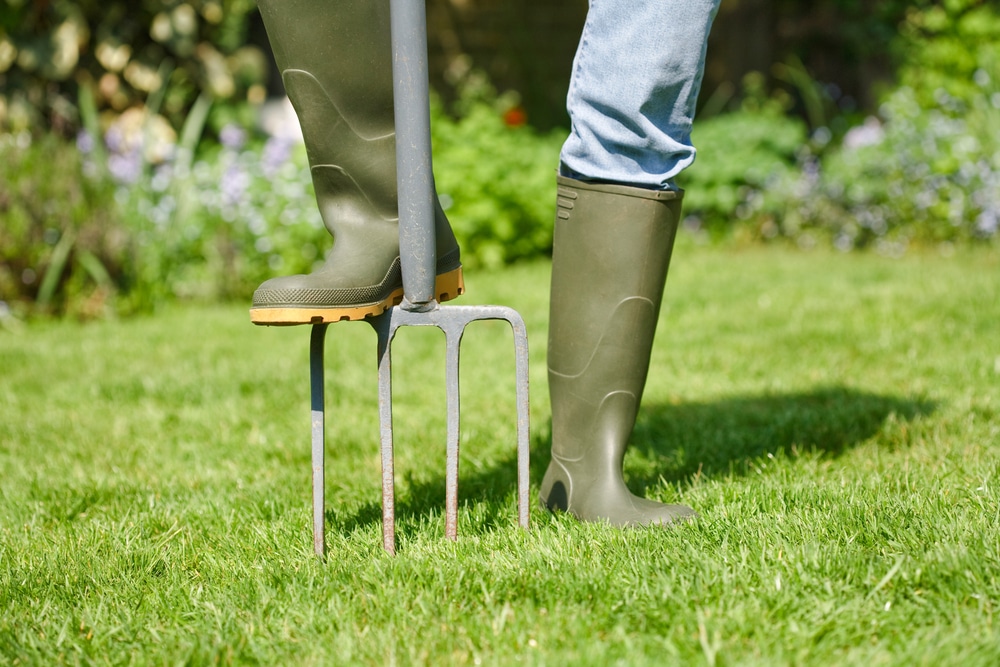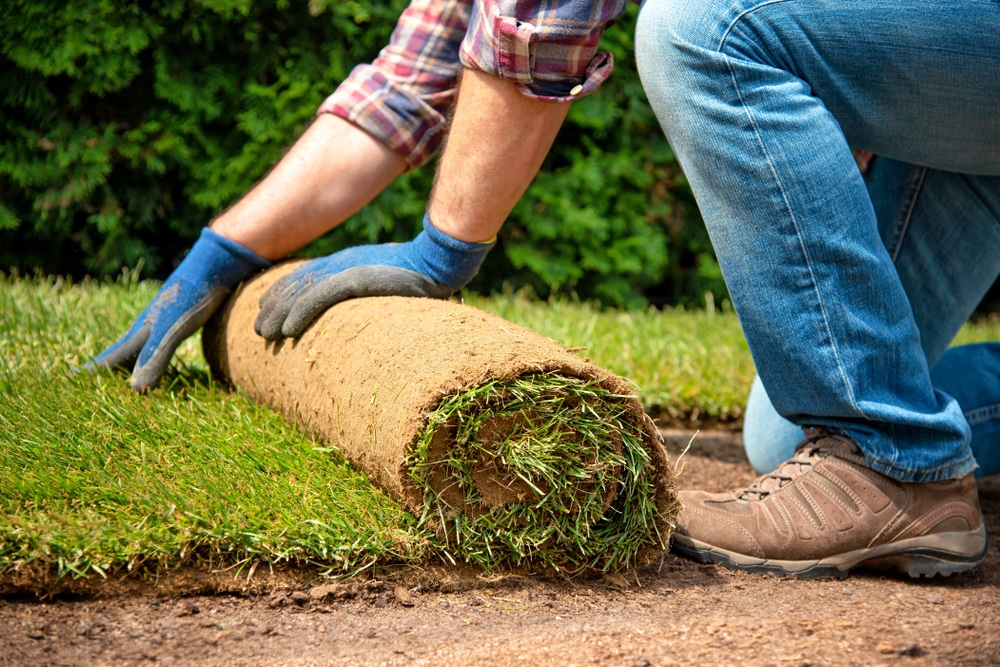Community Gardens: 101
Community gardens are collaborative projects on shared open spaces where participants join together in the cultivation of plants. These gardens offer a multitude of benefits and can come in different forms to suit community needs.
WHy Community Gardening?
- Physical Health: Gardening is a physical activity that can contribute to your overall physical well-being.
- Mental Health: The act of gardening has been associated with reducing stress and improving mental health.
- Social Benefits: Community gardens serve as a social space where you can build relationships with neighbors.
- Environmental Impact: These gardens promote biodiversity and can help improve local air and soil quality.
- Food Security: Growing your own produce can increase access to fresh foods and possibly reduce grocery costs.
Types of Community Gardens
- Residential: These gardens are often found in common areas within residential communities.
- Institutional: Situated on the grounds of institutions like schools or hospitals, these gardens serve educational or therapeutic purposes.
- Communal: Open to the broader community, these spaces are typically shared and maintained by local residents.
- Urban Farms: Larger in scale, urban farms may operate as not-for-profit initiatives or social enterprises.
Planning Your Community Garden
When starting a community garden in Illinois, meticulous planning sets the stage for a successful green space. Your pre-launch efforts are crucial, involving assembling a team, selecting a prime location, brainstorming the garden’s design, and establishing operation guidelines.
Forming a Planning Committee
Your first actionable step is to gather a planning committee composed of dedicated individuals who share your vision for the community garden. Aim for a diverse group with various skills and interests, including:
- Gardening and horticulture expertise
- Organizational skills for managing meetings and records
- Connections with local businesses for resources and funding
Choosing a Suitable Location
Finding the right spot is critical. Ideal locations meet these criteria:
- Sunlight: Minimum of six hours of direct sunlight daily
- Water access: Proximity to a reliable water source
- Soil quality: Safe from contaminants, with good drainage
- Size: Sufficient space for garden plots and communal areas
- Accessibility: Easily reached by all community members
Developing a Garden Design
Crafting an efficient garden design maximizes your space and resources. Consider the following in your layout:
- Raised beds and in-ground plots
- Paths for easy access
- Areas for composting and tool storage
- Fencing to protect from animals and define garden boundaries
Setting Rules and Guidelines
To ensure the garden thrives, set clear rules and guidelines. Outline:
- Participation: Guidelines on who can join and responsibilities
- Maintenance: Schedules for shared tasks such as weeding and watering
- Plot use: Rules on what can be grown and use of organic methods
Legal Considerations
When starting a community garden in Illinois, it’s crucial to navigate the legal landscape smartly. You’ll want to ensure that your garden is compliant with local laws and regulations to avoid any future roadblocks.
Incorporating as a Nonprofit
To protect your community garden and its members, consider incorporating as a nonprofit organization. This shields individual members from personal liability and may offer tax advantages. To obtain this status in Illinois, you must:
- File articles of incorporation with the Illinois Secretary of State.
- Obtain a federal Employer Identification Number (EIN).
- Apply for 501(c)(3) tax-exempt status with the IRS.
Securing Land Usage Permissions
Before planting your first seed:
- Identify the landowner: Use the county’s tax assessor database or records to find out who owns the land you’re interested in using.
- Negotiate land use: Reach out to the owner to request permission for your community garden or discuss leasing options.
- Document everything: Create a written agreement that specifies the terms of your garden’s use of the land to avoid misunderstandings.
Understanding Zoning Laws
Zoning regulations in Illinois can affect where and how you can operate your community garden. Here’s how to stay compliant:
- Check local zoning codes: Visit your municipal planning department or their website to understand the zoning restrictions that apply to your intended location.
- Apply for necessary permits: If your planned garden requires specific permits or falls under certain zoning categories, complete all necessary applications.
Obtaining Insurance
Insurance is essential to protect the garden and its members against liability concerns. Secure coverage by taking the following steps:
- Reach out to an insurance agent familiar with nonprofit organizations.
- Consider options like general liability insurance that covers accidents on the property.
- Ensure that the policy fits the scale and activities of your community garden.
Gathering Resources
When embarking on the creation of a community garden in Illinois, successfully gathering resources is crucial. This involves meticulous planning in fundraising and budgeting, sourcing the necessary materials and tools, as well as rallying community involvement through recruiting volunteers.
Fundraising and Budgeting
To secure financial resources, you’ll need to devise a clear fundraising strategy and establish a detailed budget. Consider the following steps:
- Identify Expenses: List all potential costs, such as land rental, water supply, tools, and plants.
- Plan Fundraisers: Organize events like bake sales, garden tours, or seed swaps to raise money.
- Seek Grants and Sponsorships: Local businesses and horticultural societies may offer financial support.
Sourcing Materials and Tools
Ensure you have all the materials and tools for the garden:
- Materials: Source seeds, plants, compost, and mulch from local nurseries or garden centers.
- Tools: Basic tools such as shovels, rakes, and hoes can be purchased or donated.
Use a table to keep track of what you need:
| Material/Tool | Quantity | Source |
|---|---|---|
| Seeds | Varies | Local Nursery |
| Compost | 10 bags | Garden Center |
| Shovel | 5 | Hardware Store or Donations |
Recruiting Volunteers
Drawing in volunteers is the backbone of a community effort:
- Reach out to local gardening clubs, schools, and online community groups.
- Clearly outline the time commitment and tasks involved to manage expectations.
Launching the Garden
Once the groundwork is set, you’re ready to launch your community garden. From soil prep to the inaugural planting, every step involves careful coordination and community involvement.
Preparing the Site
1. Site Clearance: Clear debris and weeds to create a blank canvas for your garden.
2. Soil Testing: Conduct a soil test to determine pH levels and nutrient content; amend the soil accordingly based on the needs of the plants you’ll be growing.
3. Creating Beds: Define pathways and establish raised beds or plots, ensuring accessibility for all gardeners.
Organizing the Planting Schedule
- Seasonal Planning: Create a planting timetable based on Illinois’ growing seasons.
- Crop Rotation: Plan for crop rotation to keep the soil nutrient-rich and disease-free.
Maintaining the Garden
Daily Tasks:
- Watering: Set up a sustainable watering system that can be easily managed.
- Weeding: Implement regular weeding schedules to keep plots clean and plants healthy.
Weekly Tasks:
- Pest Control: Monitor and manage pests using eco-friendly solutions.
- Harvesting: Coordinate harvest schedules to ensure no produce goes to waste.
Engaging the Community
- Volunteer Days: Organize regular events where community members can come together to work on the garden.
- Educational Workshops: Offer workshops on horticulture, composting, and other relevant topics.
- Community Events: Use the garden space for local gatherings and celebrations to strengthen community bonds.
Frequently Asked Questions
When embarking on the path of starting a community garden in Illinois, you’ll have questions regarding legalities, funding, land acquisition, community involvement, regulations, and sustainability. Below are the specific answers to guide you through each step.
What legal considerations must be addressed when establishing a community garden in Illinois?
You should be aware that setting up a community garden involves legal considerations such as liability insurance, creating bylaws for the garden’s operation, and potentially entering into a lease agreement if you’re using private or public land not owned by the garden members.
What resources are available for community garden funding and grants in Illinois?
Look to local government programs, non-profits, and gardening associations in Illinois for potential funding and grants. The Illinois Green Economy Network and similar organizations often have resources, including financial assistance, for community garden projects.
What is the process for securing land for a community garden in Illinois?
Securing land involves researching available public or private spaces, discussing possibilities for land use with property owners or municipal authorities, and possibly negotiating terms of use or lease. Ensure you have a clear agreement regarding the duration and conditions of the land use.
What are best practices for community engagement and volunteer recruitment in starting a community garden?
Effective strategies include organizing community meetings. You can also use social media to gather support. Additionally, partnering with local businesses, schools, and organizations, and offering workshops or incentives is helpful. Engaging local experts, such as University of Illinois Extension Master Gardeners, can also enhance volunteer participation.
Contact your local zoning office to understand pertinent rules and regulations that affect community gardening endeavors. Ensure compliance with zoning laws regarding land use, structures on the property like sheds or raised beds, and any restrictions related to water use or waste management.
What are some effective strategies for the long-term sustainability of a community garden?
To ensure long-term success, develop a clear plan for garden management, inclusive community involvement, and ongoing education.
Implement sustainable practices like composting, mulching, and rainwater harvesting.
Consider strategies for revenue like seasonal markets or membership fees to support the garden’s future.


